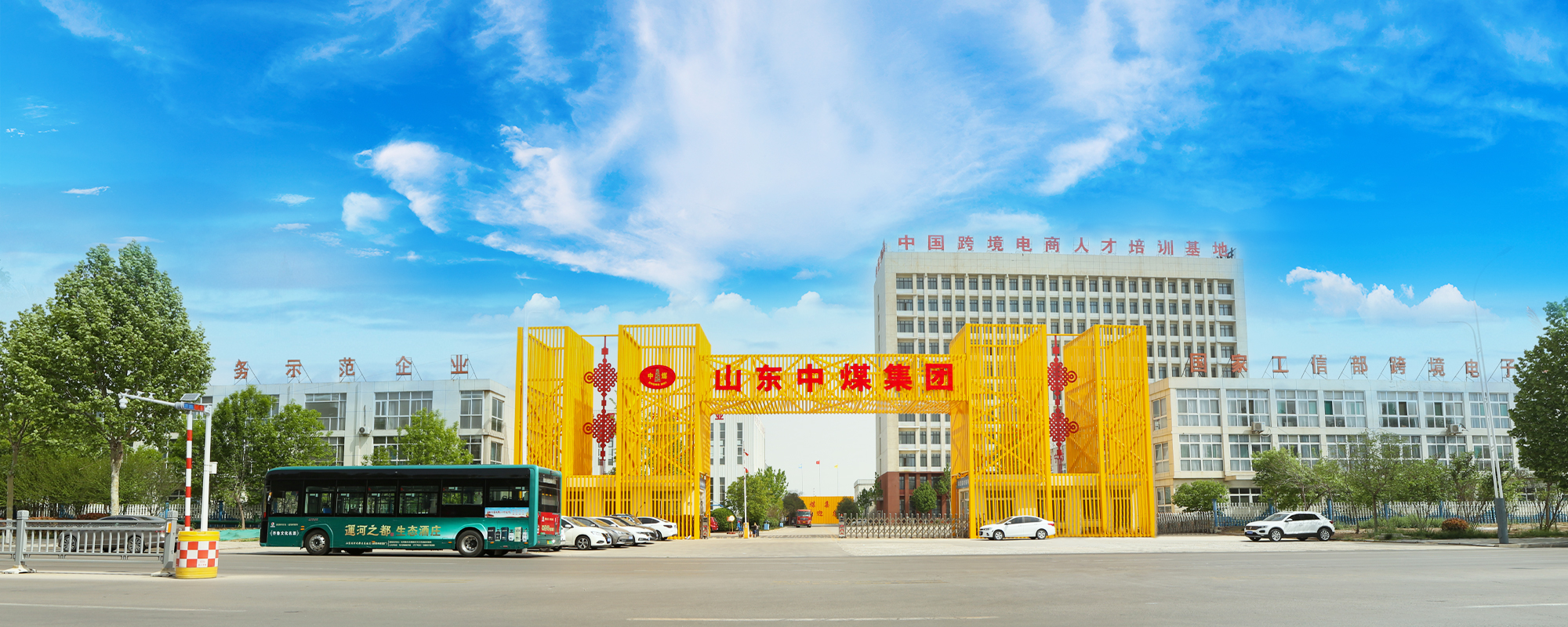
Shandong China Coal
Industrial & Mining Supplies Group Co., Ltd.
+86-17753785400 contact@chinacoalintl.com


A few days ago, Jiangxi Province for the first time included agricultural UAV drone into the purchase subsidy, and subsidized 50% of the equipment funds purchased by new business entities. A single business entity's subsidy for this project can reach 200,000 yuan. This reporter understands that Jiangxi Province is not, and other domestic provinces and cities have gradually included agriculture UAV drone into the purchase subsidy. According to industry insiders, due to the lack of national standards, China's agriculture UAV drone have not been included in the subsidy scope of the central financial fund, but some provinces and cities have already included them in the subsidy category. The release of provincial and municipal fiscal subsidy programs will increase the enthusiasm for farmers and some agricultural service organizations to purchase plant protection drones. In addition, it has played an active role in promoting agricultural structural adjustment, protecting natural resources and the ecological environment, and promoting the rapid development of the agricultural drone industry.
Favorable Policies: Industry Standards Expected To Be Introduced
In recent years, China has paid more and more attention to the promotion and application of agricultural drones. In 2015, Henan Province specially formulated the "Henan Province Agricultural Aircraft Purchase Subsidy Pilot Program", and selected agricultural aircraft as a pilot product for subsidizing new agricultural machinery products. In August of the same year, the Agricultural Bureau of Anlu City, Hubei also issued a related announcement to provide special subsidies for the purchase of agricultural agricultural drones. Successively, Fujian, Shandong, Jiangsu, Zhejiang and other provinces have also begun to implement pilot subsidies within the province. Recently, Jiangxi Province has included plant protection drones into the scope of subsidies. Industry insiders said that the scope of subsidies will continue to expand.
This reporter understands that although China ’s agricultural drones have not been included in the scope of subsidies from the central government, the country ’s policy orientation has always been clear. Document No. 1 of the Central Committee has focused on agriculture, rural areas and farmers for 11 consecutive years, insisted on the unwavering status of agriculture, and accelerated agricultural modernization. Among them, the Central Document No. 1 in 2008 proposed: continue to implement plant protection projects, exploring the establishment of a professional control team, and promoting the unified control of major plant diseases and insect pests; the 2012 Central Document No. 1 proposed: speeding up the professional unified control of crop diseases and pests; Use pesticides and vigorously promote low-toxicity and low-residue pesticides; 2014 Central Document No. 1 proposed: Promote agricultural science and technology innovation and accelerate agricultural aviation construction.
Survey data show that agricultural aviation operations in the United States account for nearly 50% of the total arable land area, of which 88% are manned fixed-wing aircraft. Japan's agricultural aviation operations account for 54% of the total arable land area, of which drone operations account for 38% of aviation operations. China's agricultural aviation operations account for less than 2% of the total arable land area. Xue Xinyu, a researcher at the Nanjing Agricultural Mechanization Research Institute of the Ministry of Agriculture, pointed out that China ’s agricultural sector has a growing demand for drones, and there is huge room for agricultural aviation development. However, micro-drones for agricultural use are still in the initial stage of development, and there are still many difficulties to be overcome, including a state subsidy.
According to industry insiders, agricultural drones must have national standards before they can become a state-subsidized agricultural machine, and the current unified industry standards are lacking in agricultural drones.
One of the main problems of the agricultural drone industry at present is the lack of technical standards and corresponding supervision, and it is difficult to have a healthy development without standardization. The industry has been discussing the issue of standards for the past two years. The Ministry of Agriculture has decided to take over the matter. I believe that standards will hopefully come out soon.